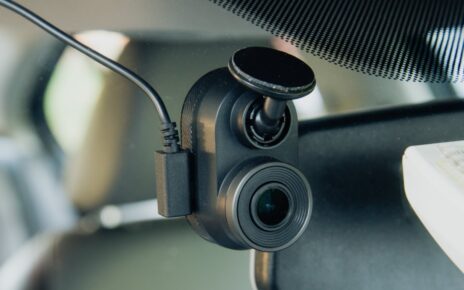The technology revolution goes beyond home devices and is hitting the world’s vehicles and roads at a pace.
We hear a lot about smart cars, GPS navigation and apps to hail cabs and optimise driving routes, but media attention has been less focused on smart roads. Motorways have for some years now had smart technology that senses traffic levels and can open hard shoulders to spread the traffic volume over more lanes, but technology now offers so many more options no matter whether you drive a lorry, tipper or a family car.
So what can smart technology do?
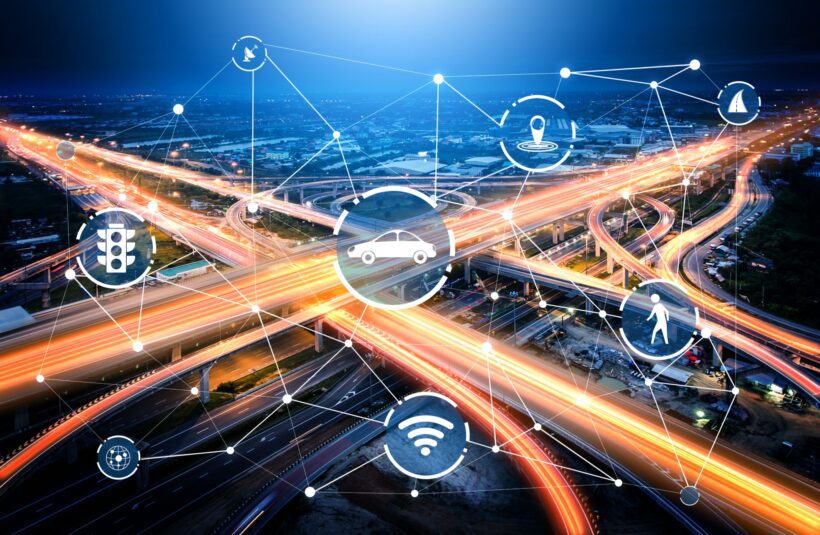
Greener government objectives are driving the changes. Many different smart road technologies can be embedded into the road or signage to improve driving safety, make better use of the space, and speed up traffic information and the flow of vehicles. The capacity of embedded road technology and vehicles extends to generating energy, autonomous communication to connected cars and trucks, and monitoring road conditions.
Smart traffic signs
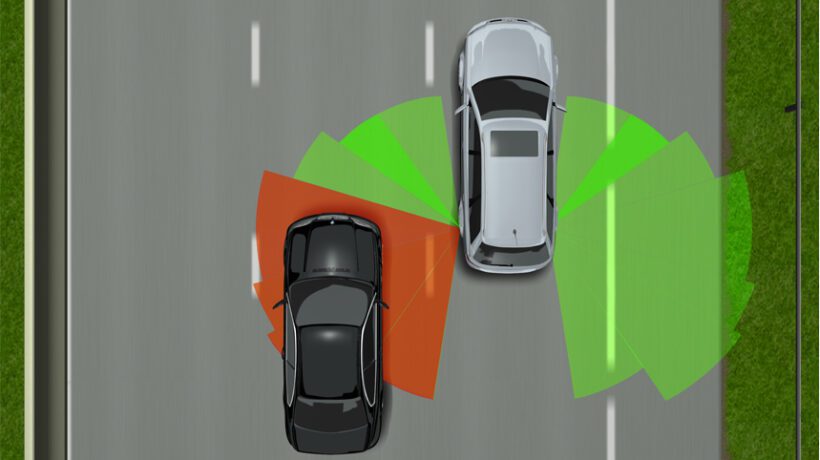
Proposals for intelligent signage that wirelessly transmit sign content to oncoming cars is seen as a solution to often difficult to see traffic signs. Sometimes a driver passes a critical sign before they have had a chance to digest much of the information on it. Through receivers fitted into vehicles, this solution is not affected by poor lighting or weather.
Automatic Weighing
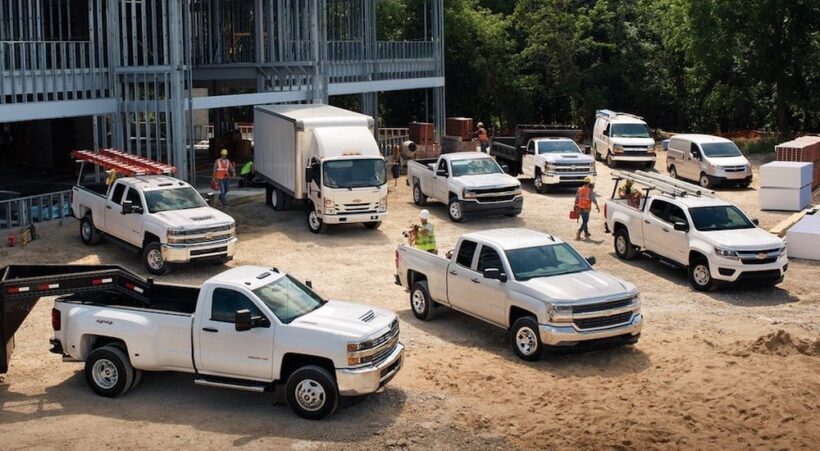
Perhaps more relevant to commercial vehicles, weight in motion technology has been integrated with automated number plate recognition (ANPR) and wireless communication to make monitoring vehicle weight easier. Continuous remote monitoring of vehicle weight as it travels at regular road speed limits is now possible. This new innovative technology allows monitoring of wear and tear on roads as well as enforcing weight restrictions. For drivers of commercial trucks and tippers from companies such as MHF, this can save valuable time over the alternative of driving slowly through designated lanes to monitor weight that has been around since the 1970s.
Smart junctions and intersections
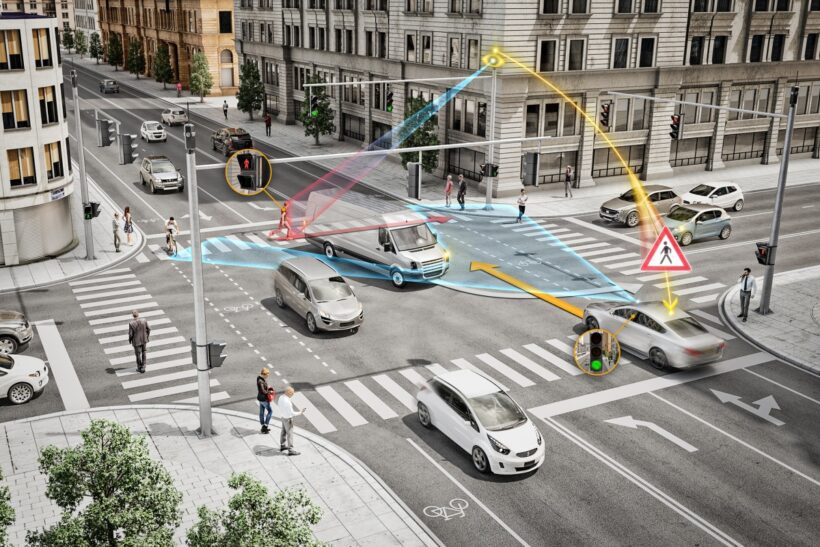
Safety and efficiency at road intersections are part of new smart technology in combing sensors and cameras with object recognition software. The ability to detect other vehicles, road users and pedestrians to allow green crossing light phases to be extended if pedestrians require extra crossing time or prioritise emergency vehicle passage. Light timings can be broadcast to oncoming vehicles and information on potential junction blind sport or hazards can be passed to the driver.
Automatic crash detectors
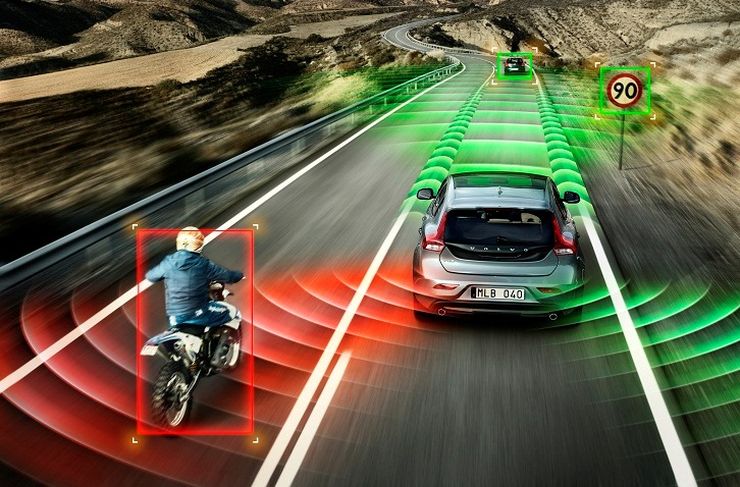
Vehicle communication technology will notify the emergency services rapidly after a crash. With the capability to transmit information on the number of vehicles and even the type of vehicles involved, emergency response can be planned more efficiently. As well as help for the vehicles involved, alerts can be raised for other drivers to stop or slow down when coming towards the scene.
Vehicle charging
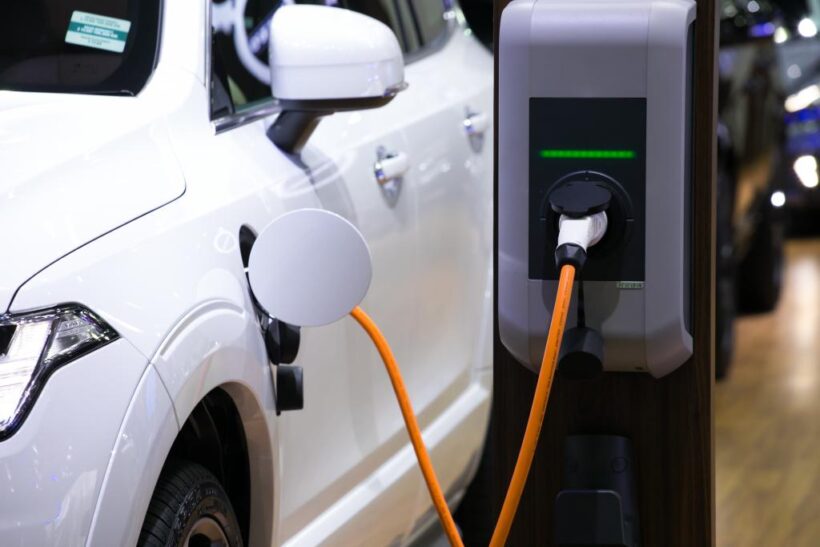
With an ever-increasing number of electric vehicles taking to the road, it is vital to take advantage of technology to ensure they can be charged on demand. Cars and buses having access to a sufficient supply of charging points could become an issue. However, magnetic induction is seen as one answer. Cables underneath the road generate electromagnetic fields, which an in-car device transforms into electrical power, charging the battery while the vehicle continues moving.
With petrol and diesel power fast becoming the enemy of the motorist and the UK Government’s effort to reducing carbon emissions with a clear commitment to electric vehicle growth it is clear we will see greater use of ‘wireless charging roads, something South Korea has already modelled successfully.
Lane change assist
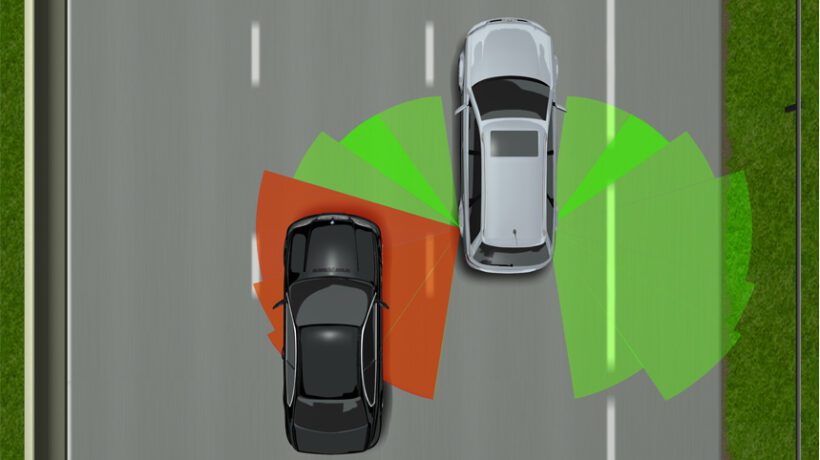
Drivers can use sensors fitted within vehicle bumpers to monitor the areas alongside and behind their vehicles. When activated, it can help drivers monitor their position within lane boundaries to ensure they do not inadvertently cross lanes. It can trigger a warning system to alert when they come close to another vehicle, cross lanes or when traffic is fast approaching in their blind spot.
Solar Powered Roads
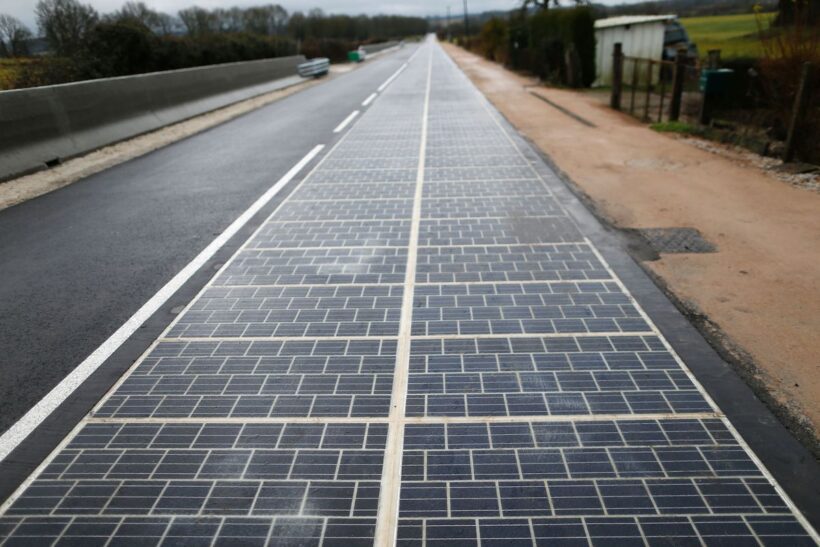
With the advancements in solar powered technology to require less and less bright sunshine hours to function, solar roadways are certainly something that can see reduced energy consumption for interactive signs and many of the other smart road technology that will assist us in the future. This has been the focus of companies such as Solar Roadways for the past decade, taking recycled materials and photovoltaic cells to use our roads to store solar energy. Vast amounts of energy which can be used to assist safe driving with lane highlight technology, power street lines and interactive signs as well as supply heat to melt ice or snow, thus reducing the number of gritters and snow ploughs on our roads.
Innovative road technology can be invaluable for those driving or choosing a truck or tipper, whether looking to buy new, pre-owned or hire. The ability to create roads and vehicles that can harvest energy, weigh or charge on the move, detect speeding or communicate accident emergency service needs means innovative technology will tackle many of our road or driving issues in the 21st century.
It is however certainly an arduous task, not only to install but to produce the in-car technology required to allow vehicle owners to benefit. Again, it will likely surface in the new vehicle market, but to be truly valuable it needs to become widely available and affordable as an aftermarket option for those where a new vehicle isn’t an option and the second hand market will take some time to evolve with this technology as standard.
Current research indicates there will be in the region of 88 fully developed smart cities around the world in the next decade. The UK government have committed to £4bn smart road technology investment over the same period, whether that materialises in the light of the financial budget adjustments we may face as a result of the coronavirus pandemic isn’t clear. It is also clear that this is a vast amount of effort which many cities and roads will not benefit from for far longer. We must also develop AI and machine learning at the same pace to ensure that the sheer manpower required to manage this smart road technology isn’t prohibitive in itself.
We are definitely seeing a commitment, and advances in technology that can make it happen, so it seems it is simply a matter of investment, time, energy, and resources to make our roads greener and smarter. Will we ever see the day where London’s costly congestion is a thing of the past, productivity is not disrupted by inefficient road management? Will we in our lifetime see cleaner, greener vehicles and roads working in harmony? Time will tell.



